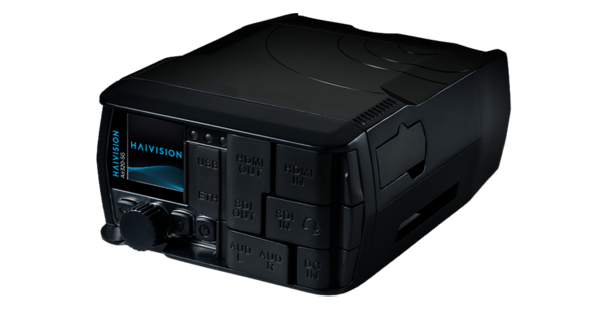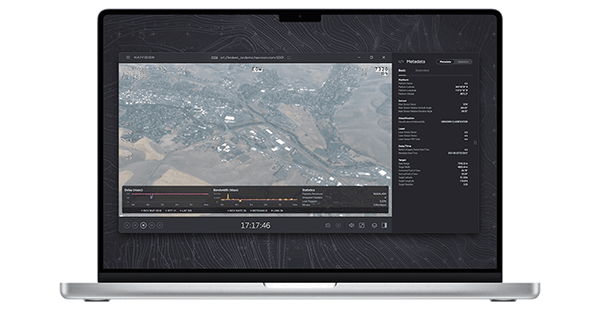We’re excited to introduce a new video solution to help make our customers’ lives easier: Haivision EMS. Born from the need to address some fundamental inefficiencies faced when managing multiple video encoders and decoders across several locations, this element management system was developed to streamline management and monitoring of local and remote Haivision video encoders and decoders from any device.
In this post, we’re highlighting some of the key features of the EMS, the challenges it solves, and an example use case. Let’s kick off by explaining the benefits that it has to offer:
- Simplified Device Management
With its device discovery feature, Haivision EMS can easily identify Makito X devices and their IP addresses on a network. An intuitive web-based interface provides a single view of all your Haivision video production elements across a network making it fast and easy to identify and manage all your devices from one screen.
- Real-time Monitoring
Haivision EMS enables easy real-time monitoring of device states across multiple locations. By keeping a constant watch, administrators can quickly identify and resolve any performance issues and minimize downtime, no matter where the devices are located.
- Workflow Organization Made Easy
By labeling and organizing devices into groups, Haivision EMS makes it easier for administrators to identify devices, what function they serve, their location as well as their relationship to each other.
- Centralized Upgrades
Eliminating the time-consuming process of having to upgrade devices individually, Haivision EMS enables users to verify firmware versions and perform centralized upgrades from a single screen.
To learn more about the benefits of EMS, watch the video below:
Perfect for Remote Production
With the widespread availability of broadband internet, the case for remote production over IP is compelling. Remote production or REMI, allows broadcasters to maximize the use of their existing studio equipment “at-home” to maintain high-quality production standards while cutting down on costs such as travel and shipping. Add to that, live broadcast teams can work more efficiently and effectively with well-established workflows in a familiar production environment, while remote staff can focus on capturing content. It’s a win-win all around.
Imagine, however, you’re a studio-based broadcast manager overseeing a remote production of a sporting event. You may have access to agendas and travel plans, but how can you keep track of all the equipment, where it’s located, and what function it’s fulfilling, either in the field or in your studio?
Haivision EMS enables production managers and broadcast engineers to centrally manage, control, and monitor all encoders and decoders, in and out of the central studio, from a single unified GUI. Each device can be labeled according to its function and grouped depending on service or location. For example, by clicking on a group labeled “Remote Crew Kit”, all of the remote devices in that kit can be monitored. If a production studio groups all its encoder and decoders at the main studio, Haivision EMS will automatically detect if a device is switched off and moved to another location, and it will rediscover it once it’s back online.
Another major benefit to broadcast engineers is the ability to easily and quickly verify devices and update to the latest firmware from a single screen. This ensures that they are getting the most out of their valuable gear.
An Essential Tool
Not just for broadcasters, Haivision EMS is an essential tool to boost operational efficiency, provide intelligent troubleshooting, and improve quality of service (QOS) for any organization – whether they’re using a few or hundreds of Makito X devices.
To find out more about Haivision EMS, download the datasheet.


























